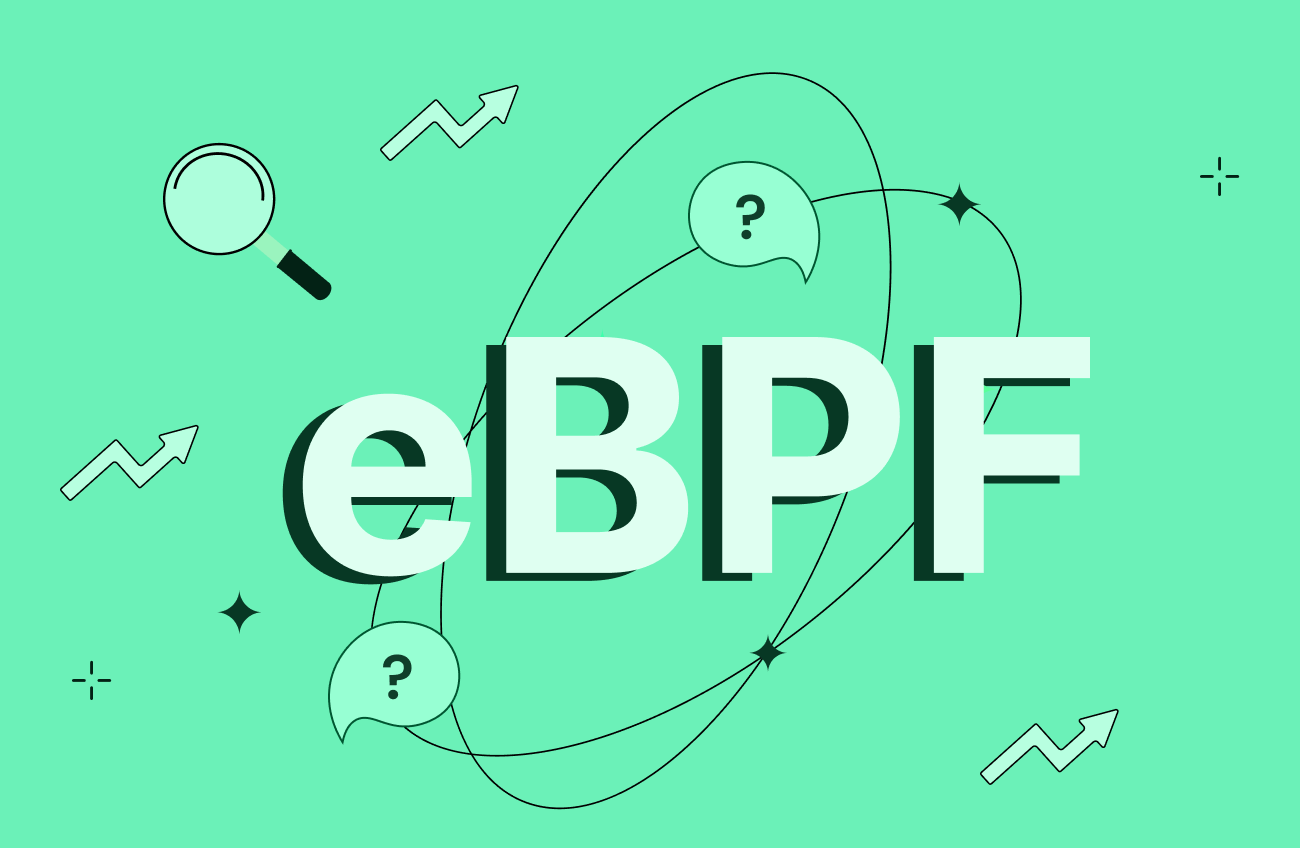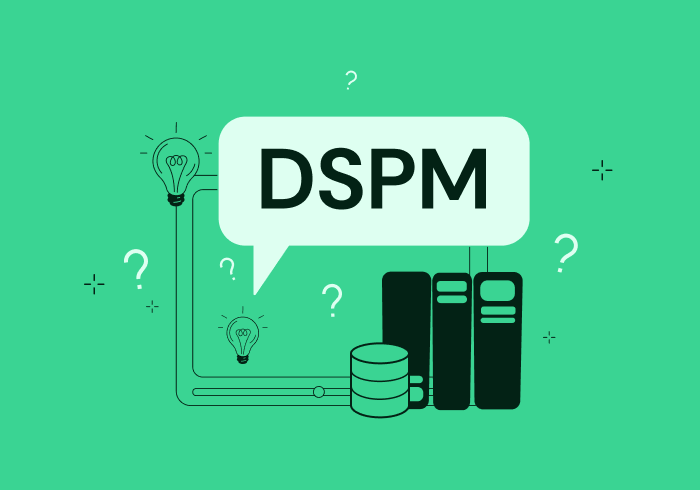eBPF based-sensor for Data Security: Unveiling the Cybersecurity Hype


You may have come across the term eBPF and noticed it’s been generating a cybersecurity buzz lately. From eBPF sensors for data security and cloud workload protection to runtime application security. What exactly is eBPF, and why is it suddenly gaining so much attention? Let’s dive into the world of eBPF and discover what lies behind the buzzword.
What is eBPF?
eBPF, or extended Berkeley Packet Filter, is a clever technology that helps improve computer networks and systems. It allows users to write programs that can analyze and modify network data and system events in real-time. These programs run safely within the core of the operating system without requiring any changes to the system itself.
Think of eBPF as a toolbox that lets experts peek inside the inner workings of a computer system. It helps them understand how network traffic flows and how programs interact with the system. With this knowledge, they can detect and fix problems, improve security, and even make programs run faster. It’s like having a superpower that allows people to see and control what’s happening under the hood.
eBPF is popular because it’s versatile and doesn’t disrupt the system. In fact, many application observability products have been using it for years. Cybersecurity vendors are not staying behind and are now quickly adopting this technology.
What are the benefits of eBPF?
eBPF gives you the power of the agent but without friction.
eBPF is revolutionizing the field of cybersecurity by offering significant advantages over traditional agents:
- Real-time visibility: By leveraging eBPF, security teams can quickly respond to security incidents. When every second counts, real-time analysis and monitoring enable faster detection, investigation, and mitigation of threats, reducing the potential impact of cyberattacks.
- Low overhead: eBPF programs are designed to execute with low overhead, minimizing any impact on system performance. This is crucial in cybersecurity, as agents with high resource usage can disrupt normal operations.
- Easy deployment: eBPF sensors can be easily deployed within minutes. eBPF modules can be deployed within containerized environments, such as Docker or Kubernetes, natively using any of the existing deployment methods.
Why we at Flow decided to harness eBPF for data security
At Flow, we’re proud to be the first and only company to harness eBPF for data security. After all, eBPF is ideal for analyzing data in motion due to its runtime analysis capabilities, payload classification, and deep visibility into the network and application.
The Flow platform analyzes the data before it is encrypted and after it’s decrypted, allowing us to classify the actual data payload. With eBPF, we can see the complete lineage of the data, where it came from, where it is flowing to, and who the owner is.
Unlike traditional agents, such as proxies, code instrumentations, and side-cars, the eBPF sensor has none of the deployment overhead or friction. With eBPF, there’s no issue of processing latency and resource consumption, for which agents are notorious.
eBPF is also technology agnostic, allowing even to run on-premise giving us the opportunity to support such environments.
To summarize: with eBPF we gain complete visibility into the data payload for comprehensive data coverage, accurate classification, and data mapping through seamless integration with no performance hit. Amazing, indeed.
Data security use-cases Flow address with eBPF
By analyzing the payload and classifying data in motion, the Flow data security platform addresses key use cases that cannot be addressed when scanning databases or analyzing logs. These include:
- Delivering extended coverage. This gives us the ability to discover shadow databases as well as where data is being processed, not only stored.
- Discovering and controlling in real-time data flows with sensitive data to unauthorized networks and assets, whether flowing internally or externally. For example, enforcing the fencing of a PCI environment.
- Detecting unsecured data flows and data connections, such as identifiers sent within URL parameters or not using encryption.
- Providing unparalleled context for remediations for both the application and the identity of the data owner. For example, knowing that a developer added to a database a list of purchased emails.
And Flow analyzes the data within the environments so no data leaves the customer’s organization.
To learn more about data in motion and its benefits – read here.


